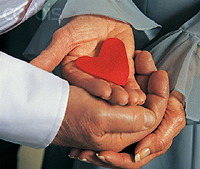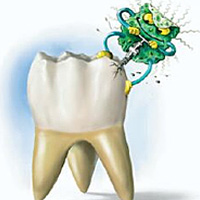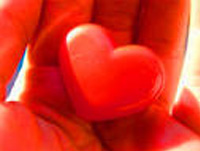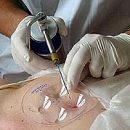Causes and symptoms of low pressure, which can be called hypotension, classification of arterial hypotension.
Content
- Which under reduced pressure
- Classification of hypotension
- How does a person feel at low pressure? Symptoms
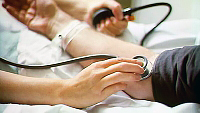 If you are quickly taking place, suffer from dizziness, your well-being depends on the weather, visit the therapist. Perhaps it makes itself felt low pressure. Symptom, often hiding a serious chronic disease.
If you are quickly taking place, suffer from dizziness, your well-being depends on the weather, visit the therapist. Perhaps it makes itself felt low pressure. Symptom, often hiding a serious chronic disease.
Which under reduced pressure
When the pressure characteristic uses two indicators. Top number — systolic pressure that occurs in vessels during the reduction of the heart, and the bottom — Diastolic pressure — When relaxing it. Arterial hypotension (hypotension) call the output of pressure values for the lower boundary of the norm (100/60 mm Hg. Art.) one or both values.
Classification of hypotension
Doctors distinguish several types of hypotonic states:
- Physiological forms:
- Individual version of the norm;
- hypotension of athletes;
- Adaptive hypotension.
- Pathological forms:
- primary (essential, neurocirculatory) hypotension;
- Symptomatic hypotension.
Physiological hypotension
Suppose the pressure values are always reduced. At the same time you feel good and the diagnosis does not identify diseases capable of explaining the hypotension. In this case, they are talking about hypotension as an individual version of the norm. Increased pressure to normal values causes the same symptoms in hypotonists that people with normal pressure — Increased. The weak tone of the vessels, leading to such a state, often «gets out» by inheritance. Hypotoniki suffer from their own characteristics only with lack of sleep, processing, stress, weather change. In other cases, they do not have complaints of the general condition.
The highest class athletes are able to pump large blood volumes than among the average person. They have hypotension can wear a protective character.
Residents of highlands are also for the majority of hypotonics. This is one of the ways to adapt the body to life in conditions of high atmospheric pressure.
Pathological hypotension
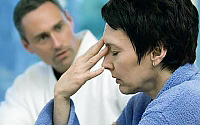 Pathological hypotension is divided into primary, which in itself is a disease, and secondary when low pressure — it's just syndrome.
Pathological hypotension is divided into primary, which in itself is a disease, and secondary when low pressure — it's just syndrome.
Primary, or neurocirculatory, hypotension — Sometimes only a temporary phenomenon in response to external factors. But if low pressure register constantly, the patient is diagnosed «Hypotonic disease». Such a condition is observed in violation of the regulation of the tone of vessels by the nervous system.
As one of the manifestations, symptomatic hypotension accompanies problems such as infectious diseases, Addison disease, ulcerative disease, myxedema, anemia, reduced blood sugar content, acute and chronic hepatitis, liver cirrhosis. Hypotension can be registered in the abuse of some drugs. Low pressure during pregnancy in women — Also a fairly common phenomenon.
Separately, doctors highlight orthostatic hypotension. This incomprehensible word is called a drop in pressure with a sharp rise from the position lying. At the same time, under the influence of gravity, blood accumulates in the legs. Typically, the body corrects this problem, narrowing vessels and accelerating the work of the heart. But with an unimportant tone of the vessels, this does not occur, the pressure drops, and the brain does not have blood supply to the blood supply.
How does a person feel at low pressure? Symptoms
In hypotension, the blood supply to the body deteriorates. This explains why, at low pressure, people complain about permanent drowsiness, decay of forces, memory deterioration. At the same time, many hypotonies suffer from insomnia. Common symptom — lack of air when indoors or transport.
Irritability, nervousness, stress exposure — These are also signs of hypotension. Men can observe disorders in the field of intimate relations, in women — menstrual cycle.
Many are bothering a stupid, new or staggering pain in the field of heart. Headache in the morning or after mental or physical work — A common complaint of hypotonikov. Pain attack can continue from 2 hours to several days. The deterioration of the state is usually associated with a change of weather and overeating.



